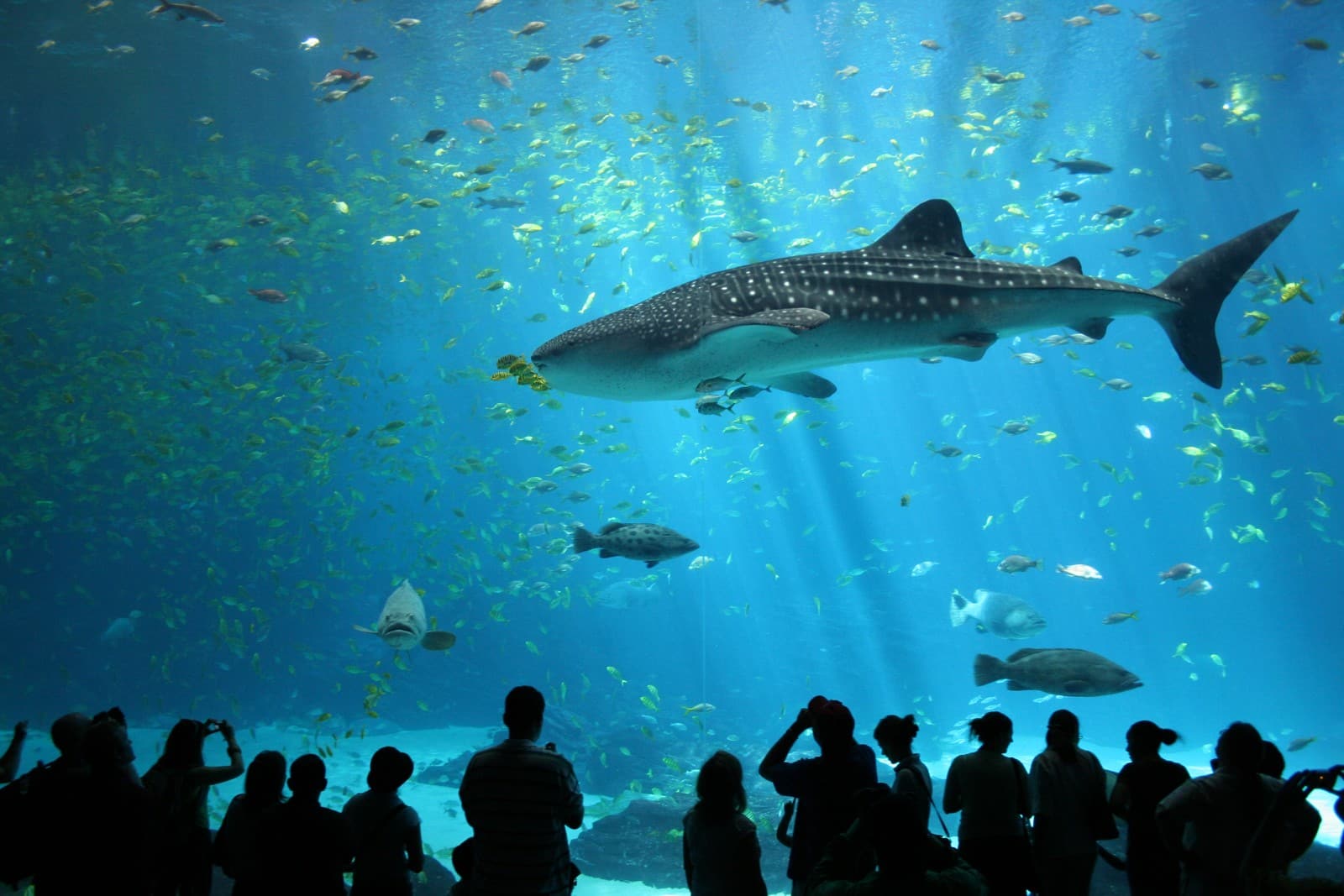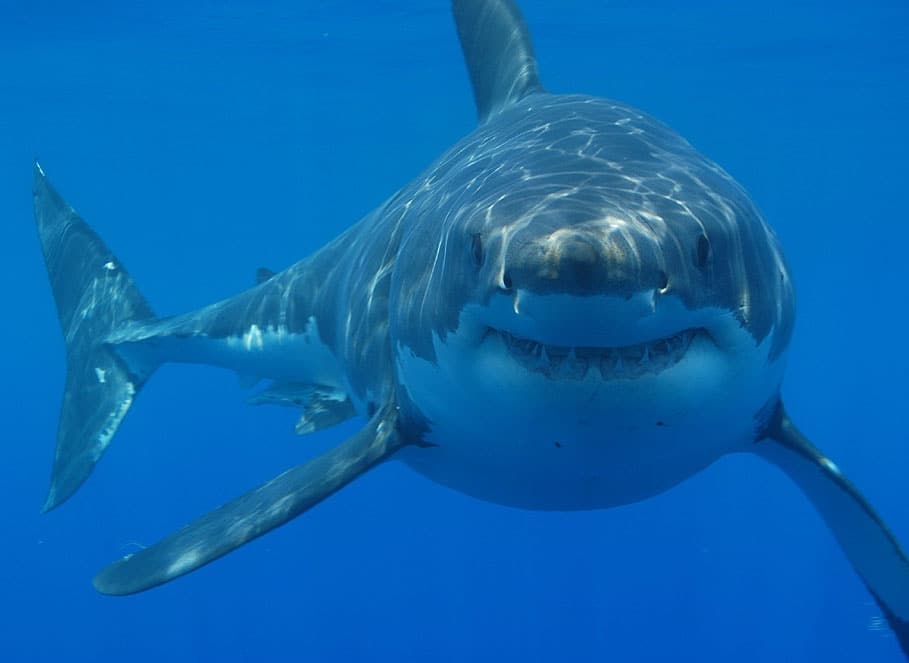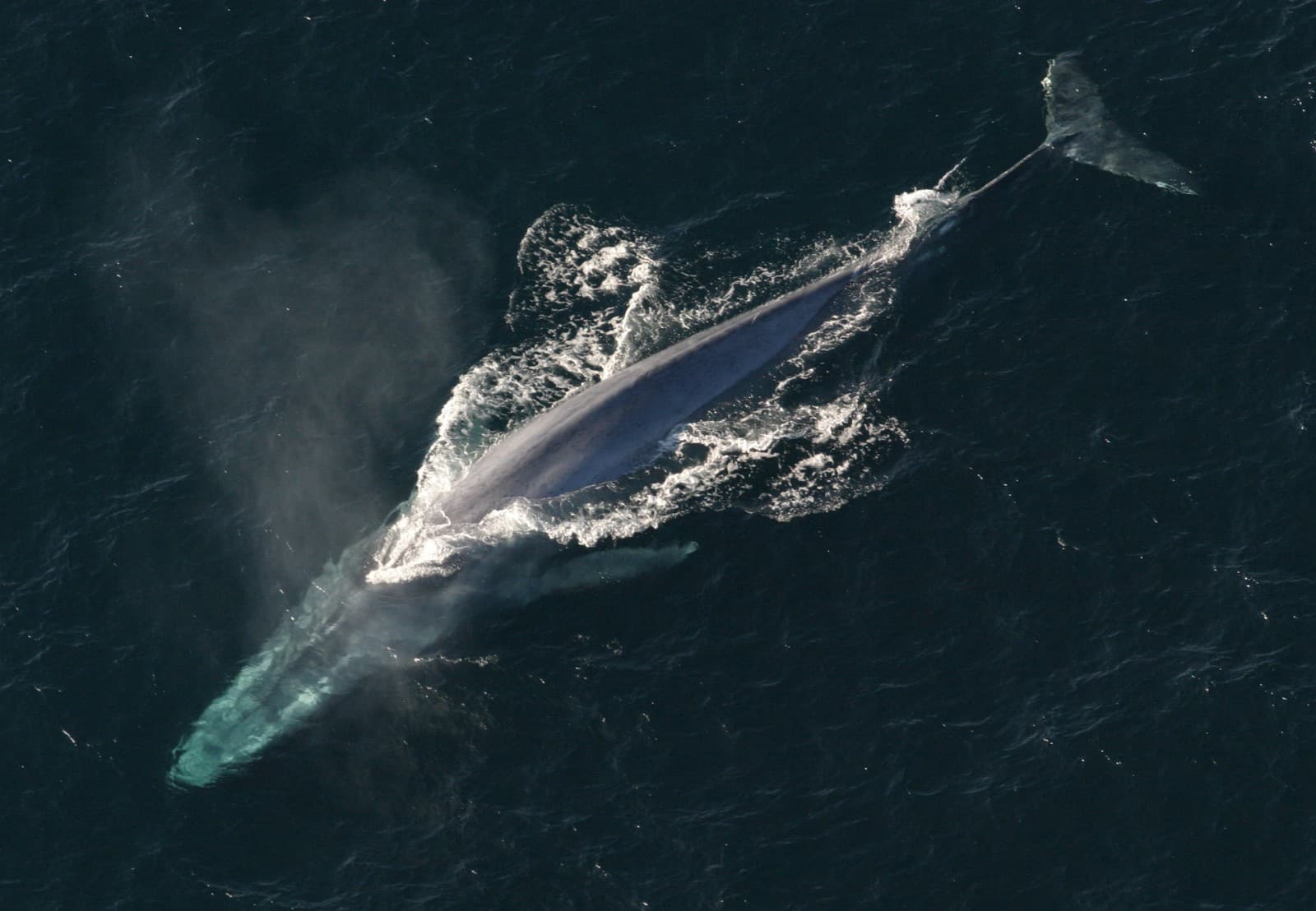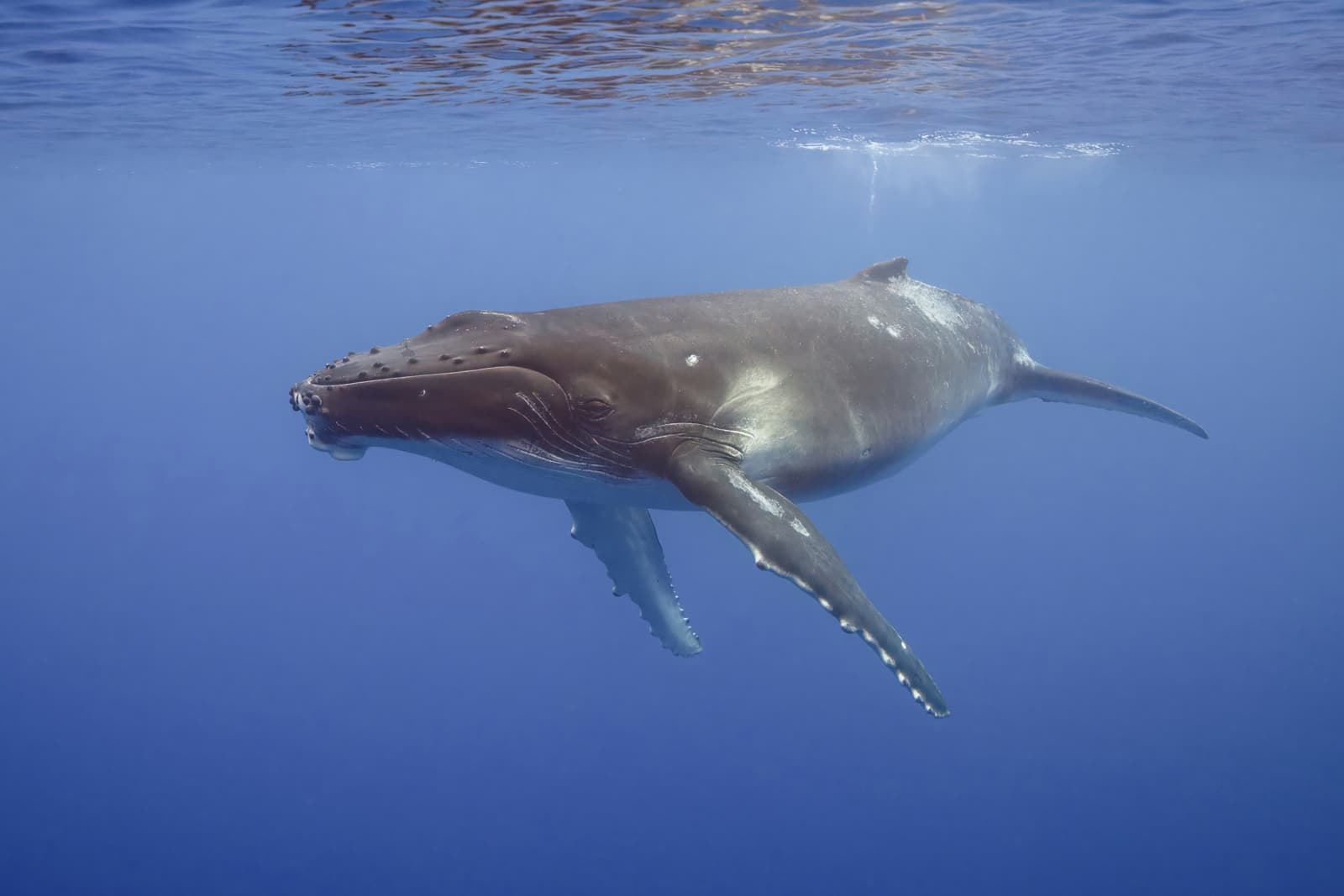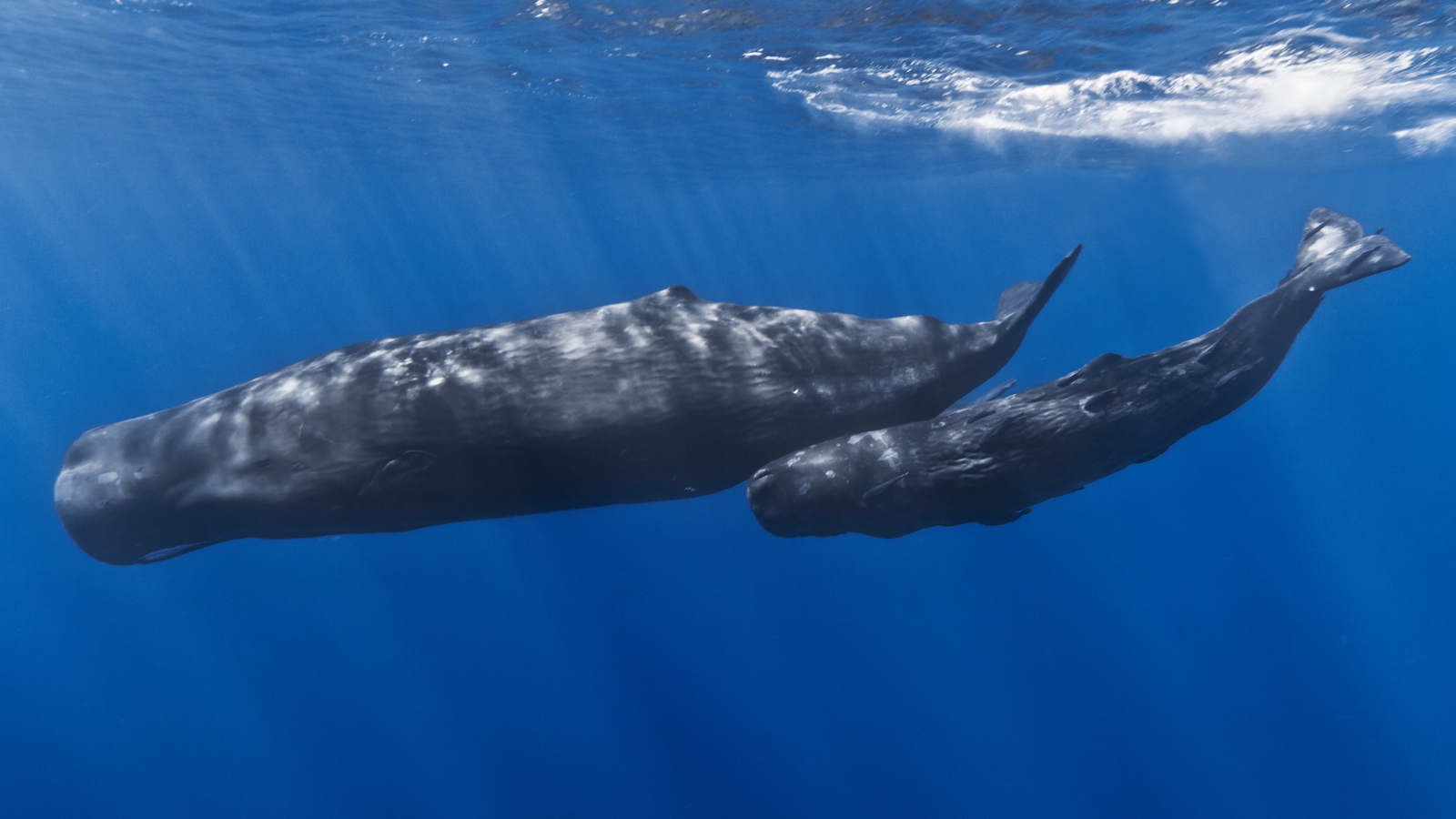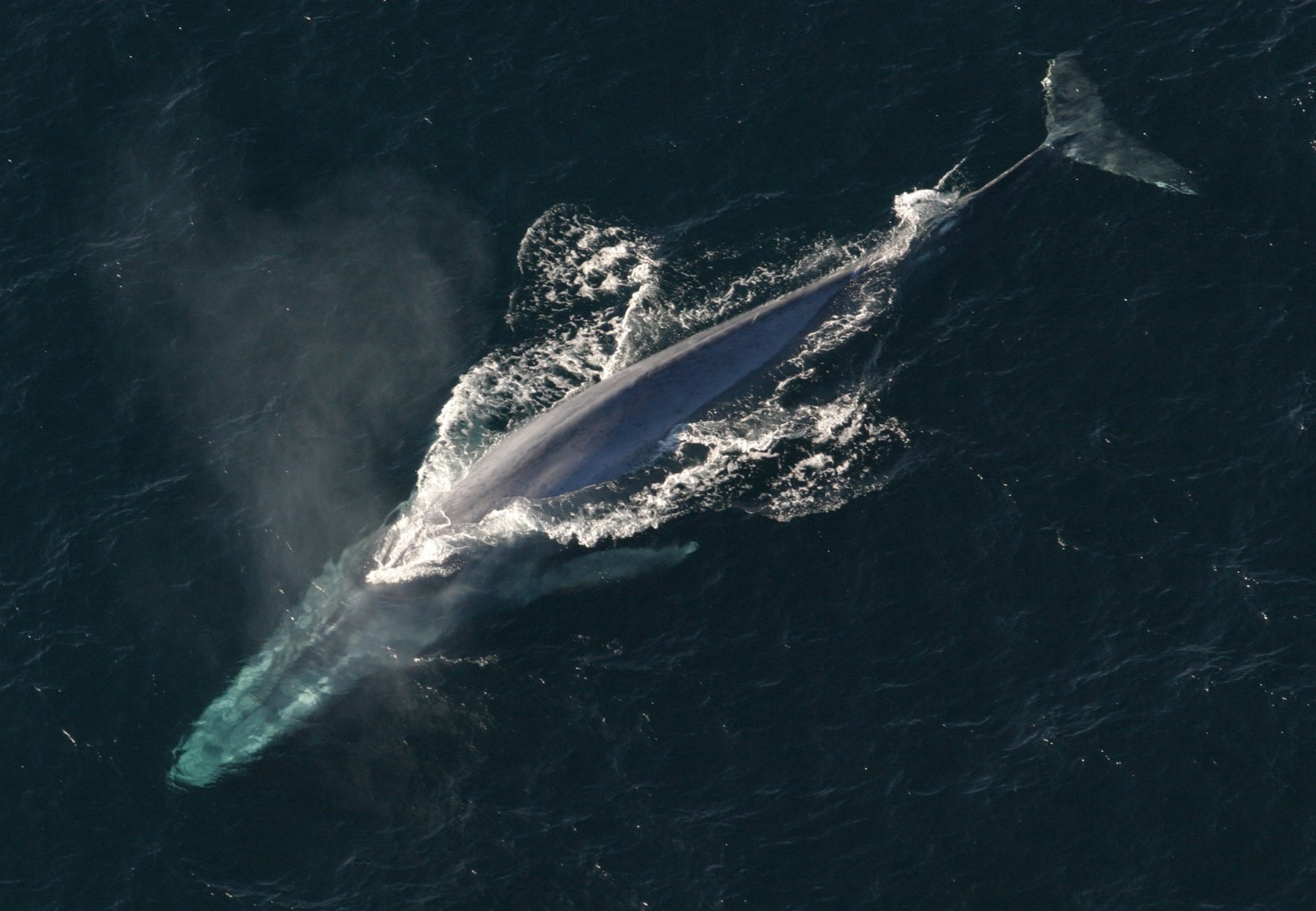Whale Shark vs Blue Whale: A Complete Comparison
In the realm of ocean giants, the Whale Shark vs Blue Whale comparison presents a fascinating study of nature’s largest fish versus its largest mammal. While the Blue Whale reigns supreme as Earth’s largest creature at up to 100 feet (30.5 meters) long, the Whale Shark holds its own impressive title as the largest fish, reaching lengths of 40 feet (12.2 meters).
Despite their similar names, these marine giants couldn’t be more different. The Whale Shark belongs to the shark family, breathing through gills and sporting its iconic spotted pattern, while the Blue Whale is a warm-blooded mammal that must surface to breathe air through its lungs. Both species, however, share a remarkable feeding strategy as filter feeders, straining tiny prey from enormous volumes of seawater.
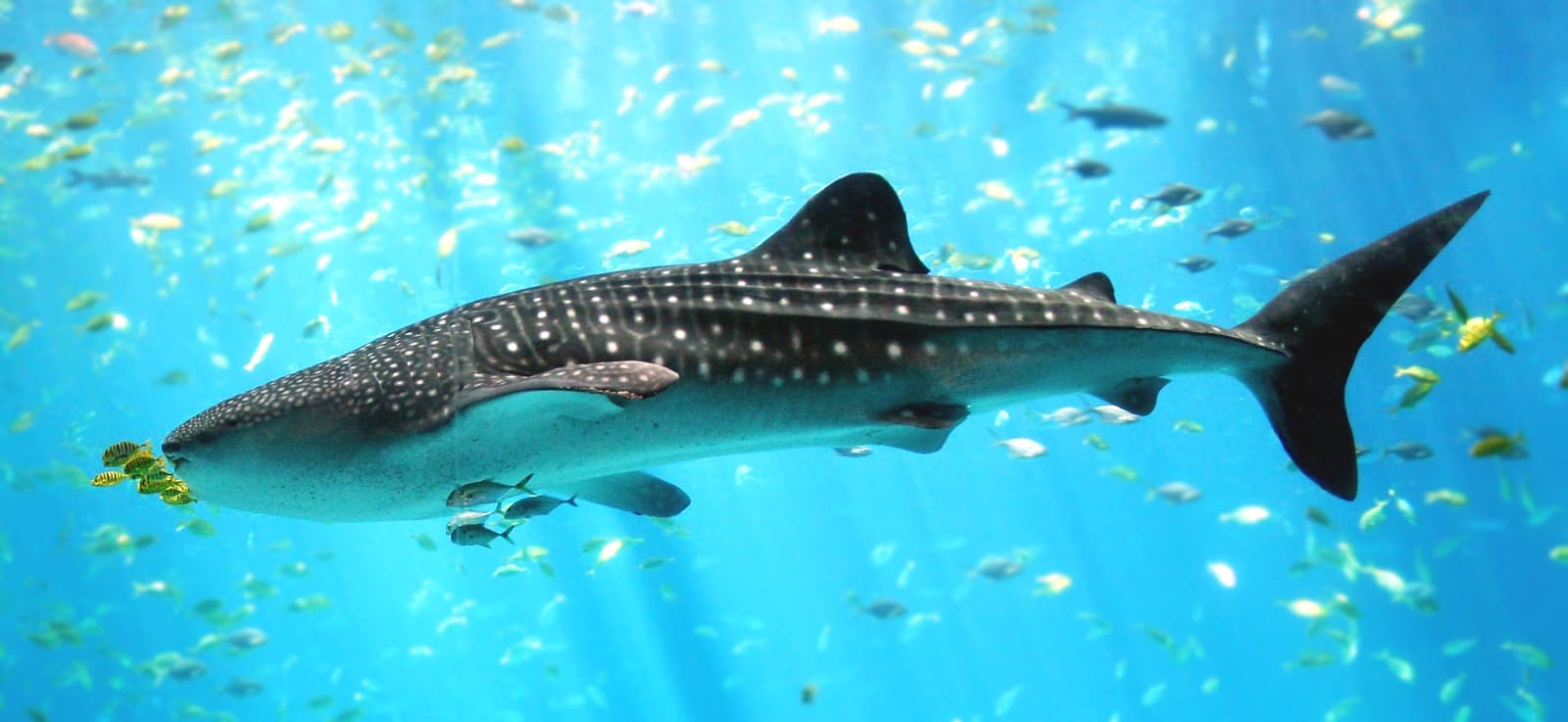
The magnificent Whale Shark displays its distinctive spotted pattern while filter-feeding in tropical waters, demonstrating why it’s earned the title of world’s largest fish species.
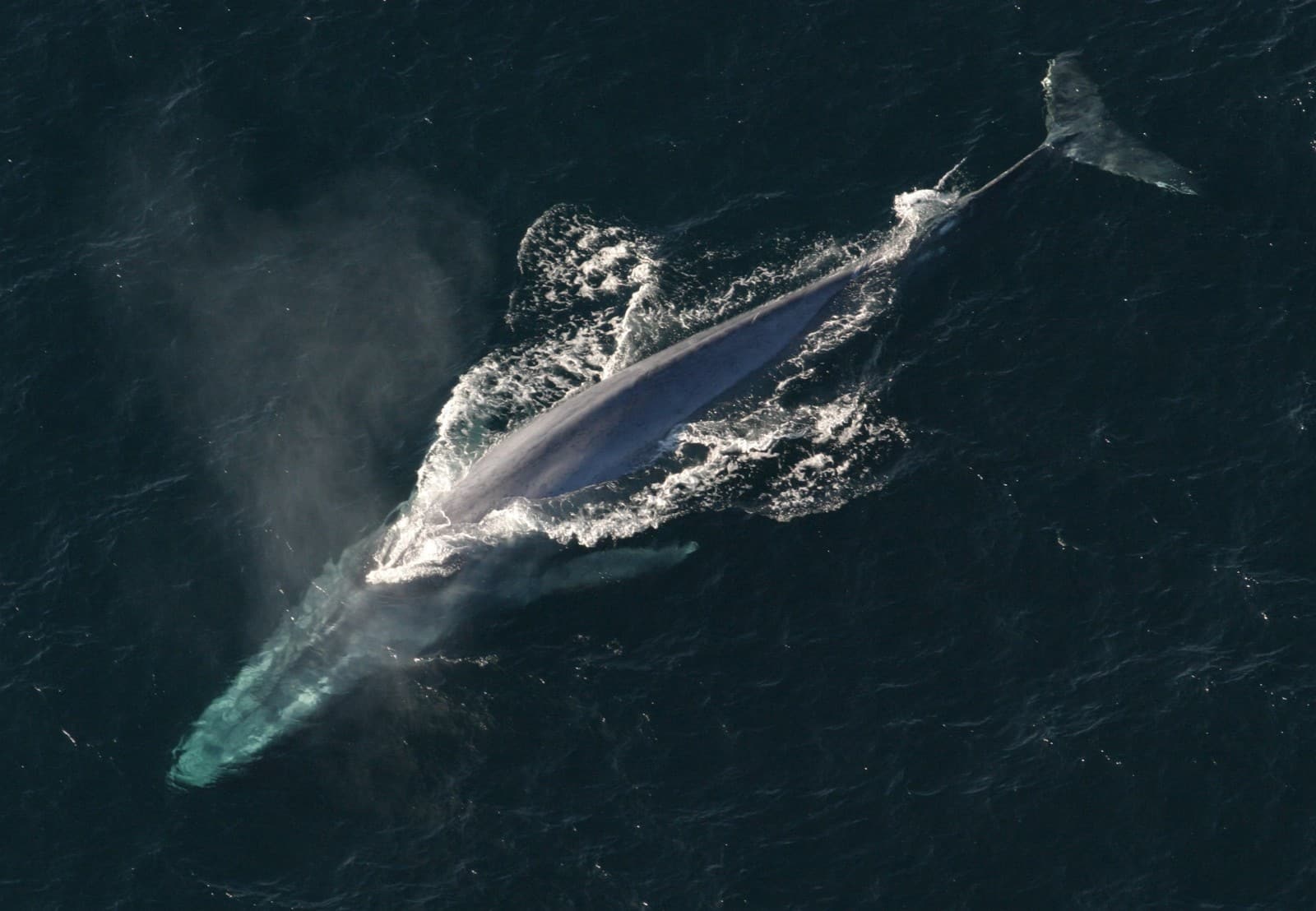
An aerial view of a Blue Whale surfacing showcases the breathtaking scale of Earth’s largest animal, dwarfing all other marine creatures including the Whale Shark.
Key Differences: Whale Shark vs Blue Whale
| Feature | Whale Shark | Blue Whale |
|---|---|---|
| Classification | Fish (Cartilaginous) | Mammal |
| Maximum Size | 40 feet (12.2 m) | 100 feet (30.5 m) |
| Weight | Up to 47,000 lbs (21.5 tons) | Up to 400,000 lbs (180 tons) |
| Diet | Plankton, small fish, squid | Krill, small crustaceans |
| Breathing | Gills | Lungs (surfaces to breathe) |
| Lifespan | 70-100 years | 80-90 years |
Habitat and Distribution
Whale Sharks prefer warm, tropical waters between 30°N and 35°S latitude, frequenting coastal areas and coral reefs. These gentle giants are known to gather in feeding aggregations at specific locations like Australia’s Ningaloo Reef and Mexico’s Isla Holbox.
Blue Whales, meanwhile, roam all world’s oceans, migrating vast distances between cold-water feeding grounds and warmer breeding waters. They’re particularly common in the Antarctic Ocean, Eastern Pacific, and Indian Ocean, though their numbers remain fraction of historical populations due to past whaling.
Feeding Behavior and Diet
While both species are filter feeders, their feeding methods differ significantly. Whale Sharks use a technique called “ram-filtering,” swimming forward with their massive mouths open to strain plankton and small fish through their gill rakers. They can filter over 6,000 liters of water per hour.
Blue Whales employ a more active strategy called “lunge feeding,” accelerating toward dense patches of krill with their mouths open, then using their massive tongues to push water through their baleen plates. A single Blue Whale can consume up to 6 tons of krill daily.
Conservation Status and Threats
Both marine giants face significant challenges in today’s oceans. Whale Sharks are classified as endangered, primarily threatened by:
- Fishing pressure and bycatch
- Vessel strikes
- Coastal development
- Plastic pollution
Blue Whales, while slowly recovering from historical whaling, remain endangered with threats including:
- Ship strikes
- Underwater noise pollution
- Climate change impacts on krill populations
- Entanglement in fishing gear
Who Would Win in an Encounter?
While neither species is aggressive or territorial, it’s worth noting that these gentle giants would never naturally compete or fight. Blue Whales are significantly larger and more powerful, but both species are peaceful filter feeders that actively avoid confrontation. Their rare encounters in the wild are typically characterized by mutual indifference as they focus on feeding.
Scientific Significance and Research
Marine biologists continue to study both species, using satellite tracking, genetic analysis, and photo identification to better understand their behavior and migration patterns. Recent research has revealed that:
- Whale Sharks can dive to depths of 6,234 feet (1,900 meters)
- Blue Whales produce vocalizations that can travel over 500 miles underwater
- Both species show remarkable intelligence and social behavior
- Each plays a crucial role in marine ecosystem health
These magnificent creatures serve as flagship species for ocean conservation, helping to protect not only their own populations but entire marine ecosystems. Their continued survival is vital for maintaining healthy ocean biodiversity and inspiring future generations of marine scientists and conservationists.
